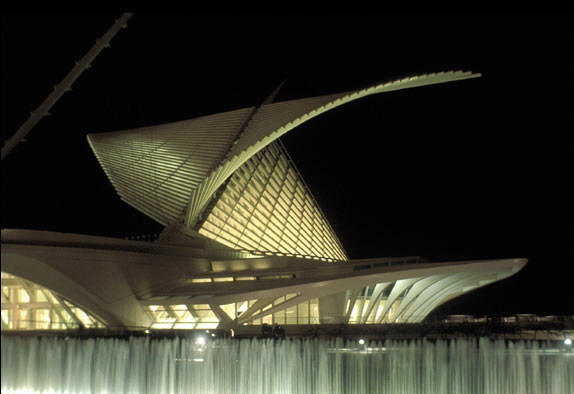Thursday, September 9, 2010
Winter Palace
The Winter Palace
(Russian: Зимний дворец) in Saint Petersburg, Russia, was from 1732 to 1917, the official residence of Russian tsars. Situated between the Palace Embankment built and the Palace Square, adjacent to the site of Peter the Great, the original Winter Palace, the present and the fourth Winter Palace has been changed and almost continuously between the late 1730s and 1837, when it has been difficult due to fire and Damaged rebuilt. [1] The storming of the castle in 1917 became an iconic symbol of the Russian Revolution.
The palace was built on a monumental scale, intended to reflect the power and strength of Imperial Russia. From the palace of the Tsar and autocrat of all Russias of 22.4 million square kilometers (8.6 million square kilometers) (almost a sixth of the landmass of the Earth) and 176.4 million subjects governed. It was by many architects, especially in Bartolomeo Rastrelli, who designed what came to be known as the Elizabethan Baroque, the green-white palace is shaped like an elongated rectangle. The palace has been calculated to 1786 doors, 1945 windows, 1,500 rooms and 117 staircases included. Its main facade is 250 m long and 100 feet (30 m) high. The reconstruction of 1837 left unchanged the outside, but large parts of its interior have been redesigned in a variety of taste and style, what the palace described as inspired "Palace of the 19th century by a model in the Rococo style." [2]
In 1905, the Palace of the scene of the massacre of Bloody Sunday, was elected but at this time the imperial family to live in safe and secluded Alexander in Tsarskoe Selo had, and returned to the Winter Palace for the formal and rare state occasions . After the February Revolution of 1917 was the palace for a short time the headquarters of the Russian Provisional Government, led by Alexander Kerensky. Later that year, the palace was stormed by a detachment of Red Army soldiers and sailors, is a decisive moment in the birth of the Soviet state. On a less glorious note, the month-long looting of the palace of the cellar in these troubled times led to what has been described as "the biggest hangover in history". Today, the restored palace is part of the complex of buildings, in the Hermitage.
Subscribe to:
Post Comments (Atom)


No comments:
Post a Comment